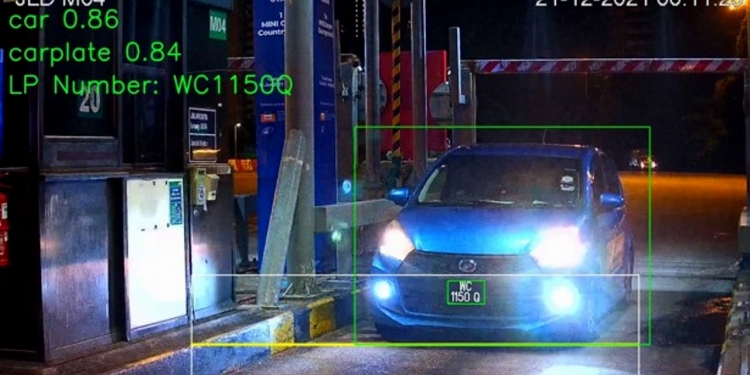In case you missed it, PLUS has deployed RFID with Automated Number Plate Recognition (ANPR) throughout the North-South Expressway. This is seen as the first step toward a barrier-free Multi-Lane-Free-Flow (MLFF) experience which the Malaysian authorities expect to implement by 2025. Nvidia recently revealed that the ANPR system is actually powered by their computer vision solution that uses a network of Nvidia GPUs.
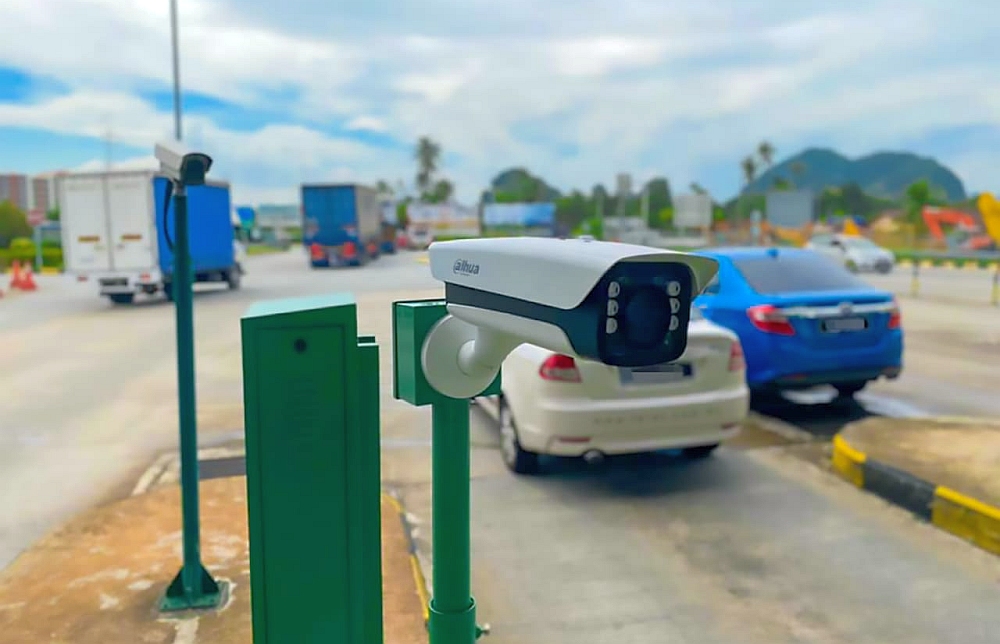
According to Nvidia’s blog, the ANPR system was implemented by Tapway, a Malaysian-based startup and Nvidia Metropolis partner, which has been working with PLUS since 2019. Using cameras and AI, it aims to reduce congestion for more than 1.5 million daily highway users. In case you didn’t know, there are different toll rates charged for different classes of vehicles and there are attempts to cheat the system by exchanging cards on the highway to get lower toll charges. Having dedicated lanes for different vehicle classes would slow down traffic and that’s where Tapway’s VehicleTrack system comes in.
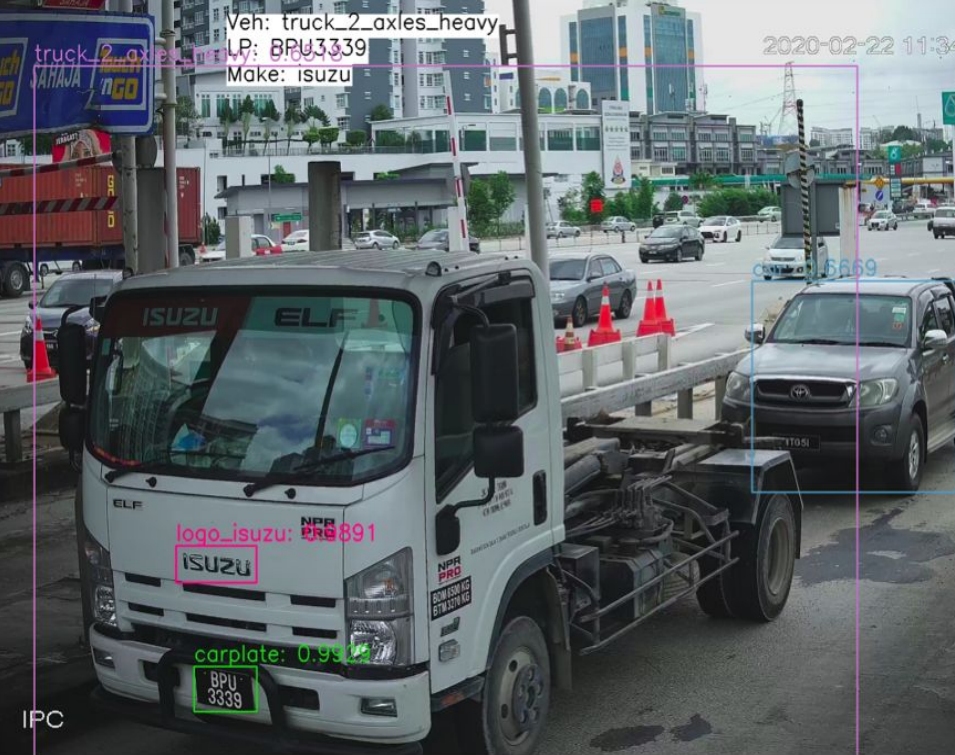
With their system, PLUS can automate their toll payment rate which greatly reduces manpower. On top of that, it can also reduce losses due to fraud by matching the payment card ID with the licence plate to determine if the same card was used for both entry and exit lanes. Tapway claims in its case study that the system has an ANPR character accuracy of more than 99.4% and vehicle classification accuracy of more than 99%.
Nvidia shared that Tapway has trained and ran AI models using Nvidia GPUs and software so that it can read a vehicle’s number plate and class, make and colour in just 50 ms, which is 1/10 of a blink of an eye. It claims to work with speeds up to 40km per hour while vehicles approach the toll plaza. Nvidia added that the VehicleTrack system works in all light and weather conditions with a consistent 97% accuracy. This is made possible with Nvidia’s Triton Inference Server, a single GPU that can handle up to 50 simultaneous video streams.
The Computer Vision System depends on smart AI models trained on Nvidia’s cloud network of A100 and V100 Tensor Core GPUs. According to Tapway CEO Chee How Lim, a dataset of up to 100,000 images can be prepared in a few hours, which is a significant improvement over a CPU-based system that requires several days. It is highlighted that the real magic comes with inference, running those models in production to process up to 28,800 images per minute on edge servers using Nvidia A10, A30 and T4 GPUs.
At the moment, PLUS has installed 577 cameras and it plans to expand to nearly 900 cameras in 92 toll plazas to meet its goal of freely flowing traffic.
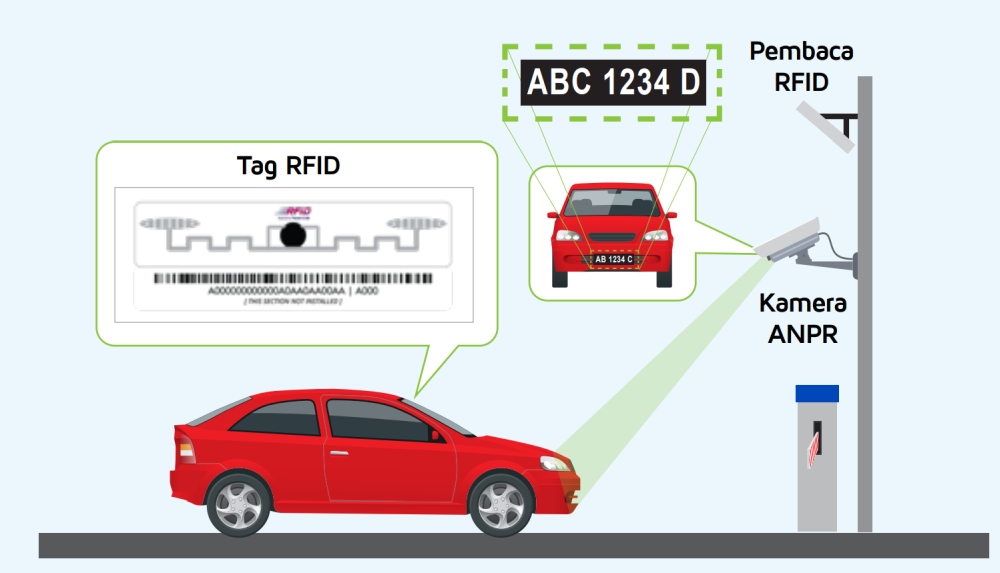
When PLUS introduced RFID with ANPR in October 2021, the number plate recognition was used for vehicle verification to detect, analyse and resolve most common RFID issues automatically in the background without interrupting a customer’s journey. The RFID and ANPR system was meant to facilitate a faster drive-through rate at the toll plaza lanes with speeds up to 30km/h versus 20km/h for SmartTAG.
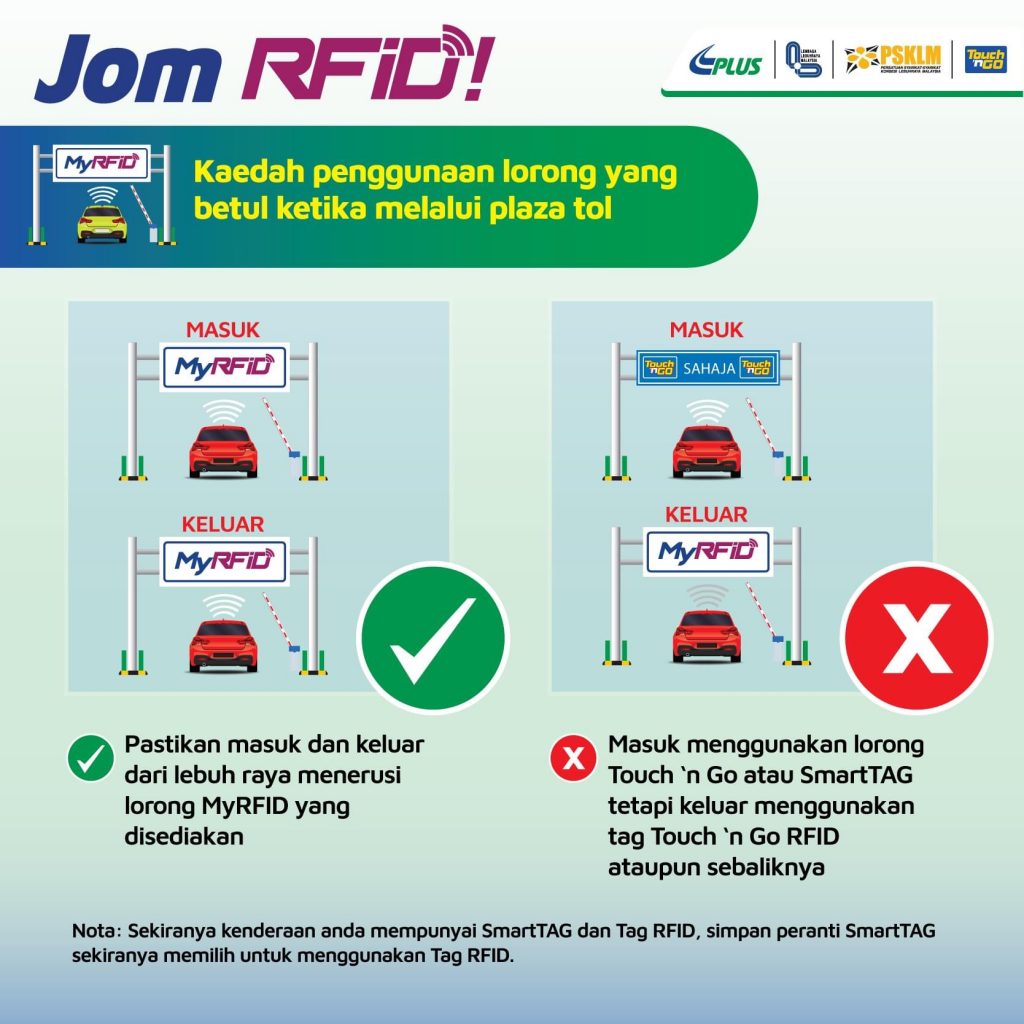
Technically, it is possible for the system to solve payment disputes if an RFID-tagged vehicle enters the highway via TNG or SmartTAG lane but exits via the RFID lane. Since the ANPR has recorded your entry point, the correct toll charges will be deducted from your eWallet when you exit the highway via RFID. However, PLUS’ current terms of use still require all vehicles to enter and exit the highway using the same payment lane.
Clear legal framework is required before barriers can be removed from highways
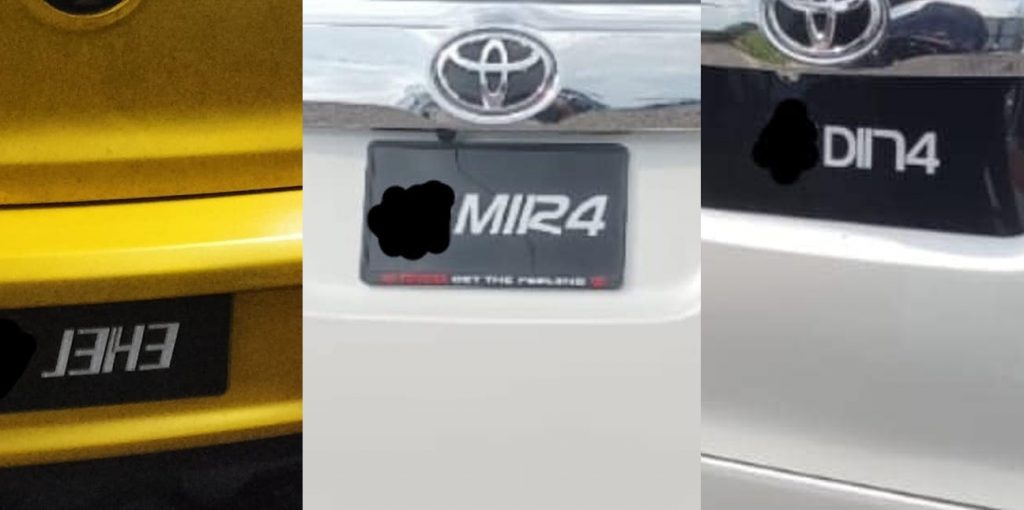
Before MLFF can be implemented, there needs to be a clear legal framework to enforce fraud and bad payment situations. Before the “palang” can be removed for RFID lanes to enable Single Lane Free Flow (SLFF) implementation, operators must be assured that all highway users including non-RFID users using the lane can be charged accordingly.
In other countries where MLFF is implemented, highway users without RFID will be billed and given a grace period to settle outstanding toll charges. Failing to do so, they will be slapped with late fees and heavier penalties. For this to take place, tougher laws against toll evaders are needed in Malaysia before the toll barriers can be removed.
For ANPR to work effectively, there’s also the need to enforce standardised number plates which is a problem in Malaysia. If a fancy number plate can’t be read by an actual human, it would be even harder for any AI to recognise the characters. According to JPJ, the usage of fancy number plate designs is against the law and has urged road users to report them. It was also reported recently that Malaysia is exploring new technology for vehicle registration and this may include RFID embedded number plates. Transport Minister Dr Wee Ka Siong said RFID would allow enforcement to be carried out through automation to ensure accurate readings of vehicle registrations, and this would help to minimise cost.
[ SOURCE ]
Related reading
- PLUS deploys RFID with Automated Number Plate Recognition, works with higher speed than SmartTAG
- Tougher laws against toll evaders needed before highway toll barriers are removed
- TNG monopoly on highways to end in 2025 when MLFF is implemented with RFID
- Works Ministry: Govt targets to phase out Touch ‘n Go card and SmartTAG use by end of 2023

